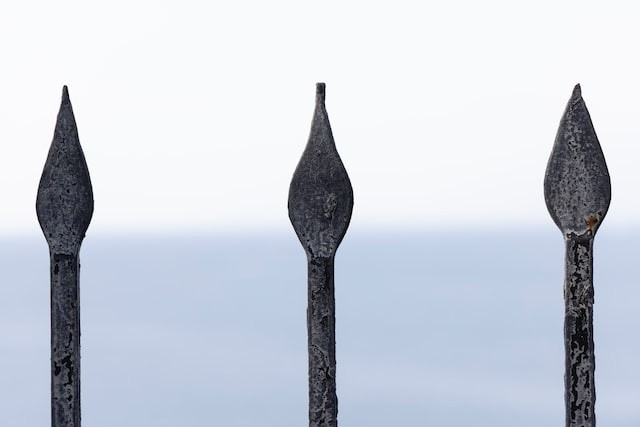Archaeologists discovered projectile points in Idaho which are thousands of years older than that any previously discovered in the Americas, contributing to the understanding of how early people crafted and used stone weapons.
Historical background of technology

The history of technology is indeed the story of humanity's efforts to use tools to control it's own environment for its own benefit, as per ScienceDirect.
Tools are artifacts created to help humans solve problems. As a result, tools amplify human behavior while remaining morally malleable. Those who are neither good nor evil in and of themselves.
Their social worth is determined by the way those who employ them use them. When used as a tool, technology shapes it's own users as subjects while also influencing other parties in its capacity as an agent.
Archaeologists discover Americas' earliest projectile points
According to carbon-14 dating, the 13 full and fragmentary projectile points, ranging in size from half an inch to two inches, date from around 15,700 years ago, as per ScienceDaily.
Previously, Davis and other researchers working at the Cooper's Ferry site discovered simple flakes and pieces of bone that stated human presence around 16,000 years ago.'
However, the discovery of projectile points provides new insights into how the first Americans expressed complicated ideas through technology at the time, according to Davis.
The Salmon River site in which the points were discovered is on traditional Nez Perce land, known as the ancient village of Nipéhe to the tribe. The federal Bureau of Land Management currently owns the land in public.
Slender projectile points have two distinct ends, one sharpened and one stemmed, in addition to a symmetrical beveled shape when viewed from above.
They were most likely attached to darts instead of arrows or spears, and despite their small size, Davis said they were deadly weapons.
These discoveries, according to Davis, add to the arising picture of early human life in the Pacific Northwest.
The discovery of a site where people dug pits and stored complete and cracked projectile points nearly 16,000 years ago provides us with important information about the lifestyles of the region's earliest inhabitants.
The recently found pits seem to be part of the larger Cooper's Ferry record, which also includes a 14,200-year-old fire pit and a food-processing area usually containing the remnants of an extinct horse, as previously reported by Davis and colleagues.
They discovered and mapped over 65,000 items in total, pinpointing one's locations towards the millimeter for precise documentation.
The projectile points were discovered over the course of several summers between 2012 and 2017, thanks to a funding partnership between OSU and the BLM. The site has indeed been completely excavated and covered.
Usage of Projectile point
A spear is a pole weapon with such a sharp point that can be thrown or thrust at an opponent or prey. It manifests itself in an infinite number of ways in societies all over the world, as per Britannica.
The spear, one of the first weapons invented by man, was originally nothing more than a sharpened stick.
Spears were primarily for use as thrown weapons by primitive peoples. When army training developed from individual action to mass movements of soldiers, the spear became a thrusting weapon.
Related Article: Spectacularly Preserved Arrow from the Iron Age Still has its Feather Fletching On It
© 2025 NatureWorldNews.com All rights reserved. Do not reproduce without permission.





